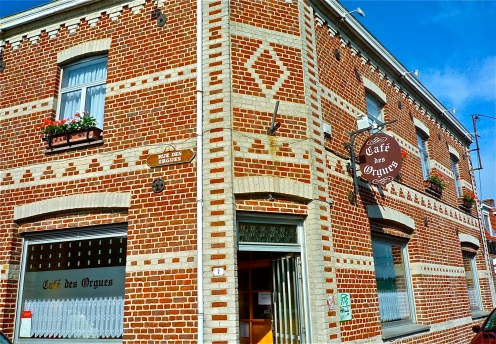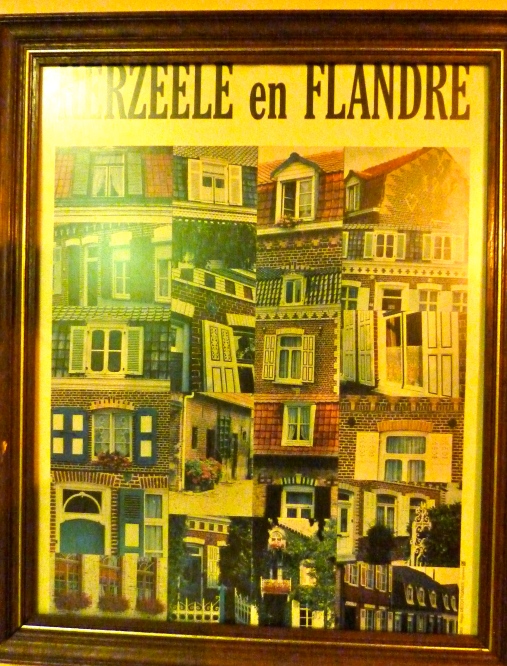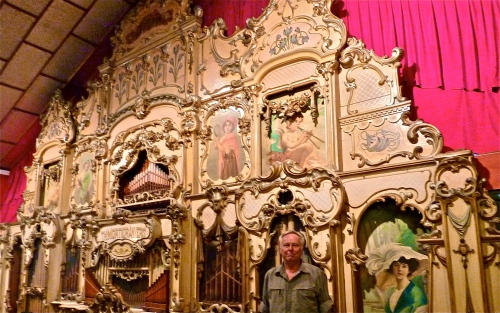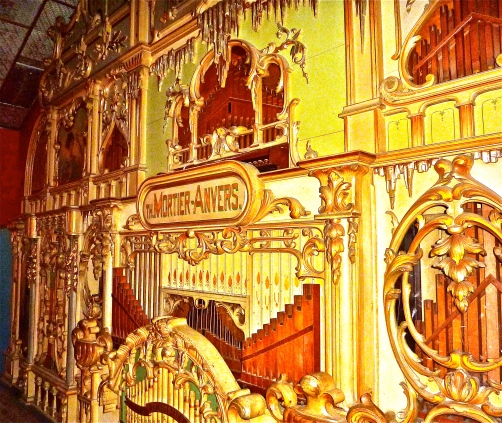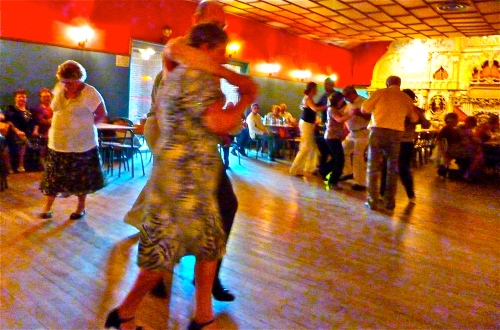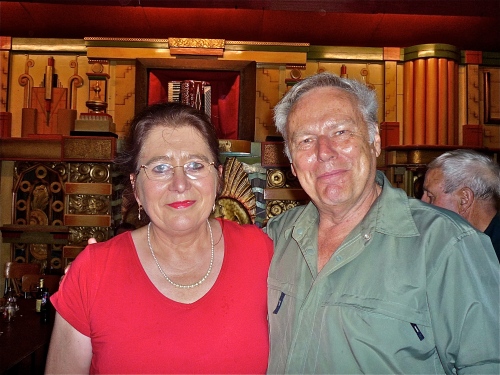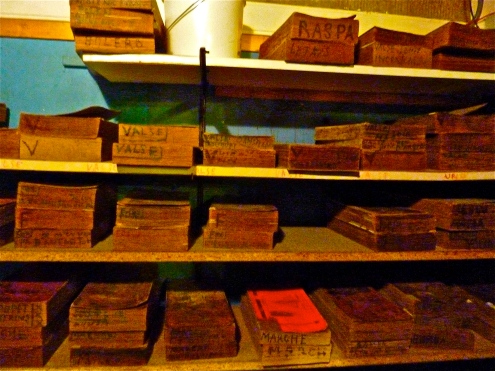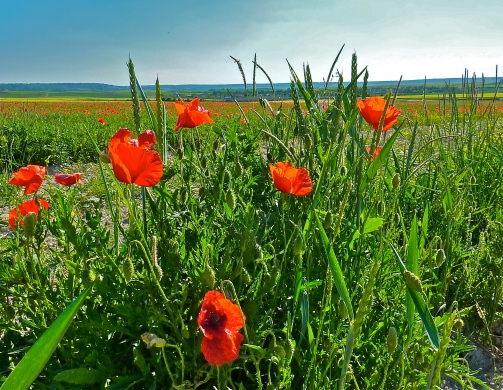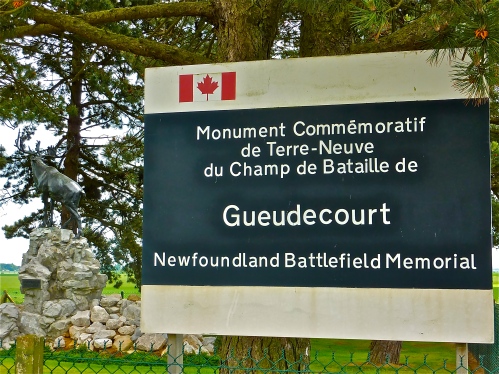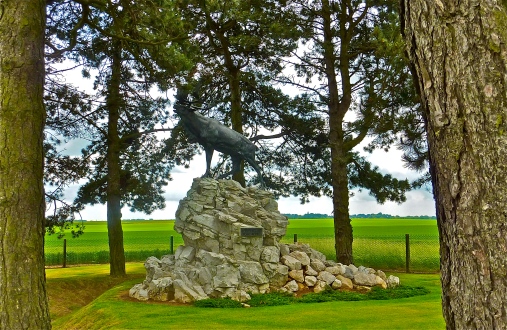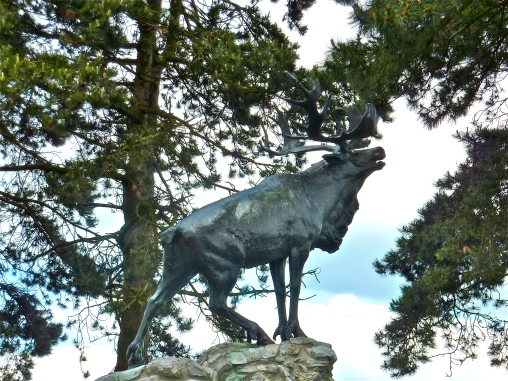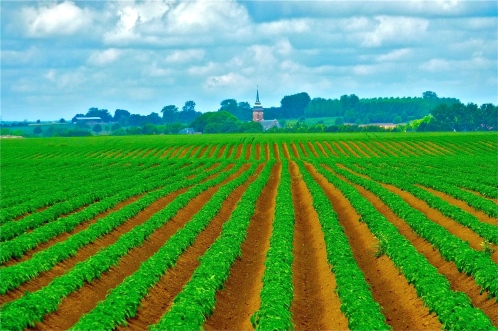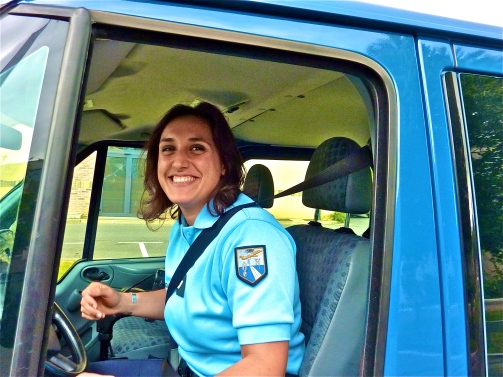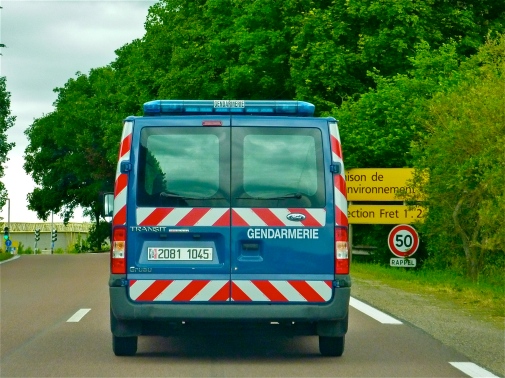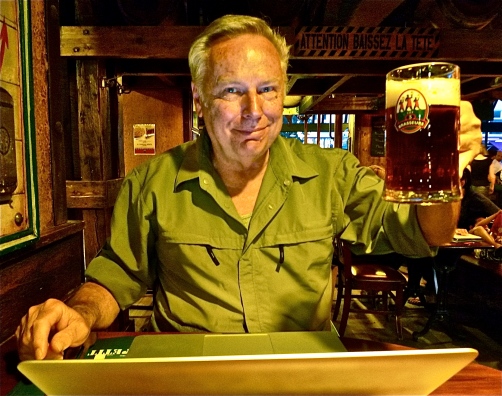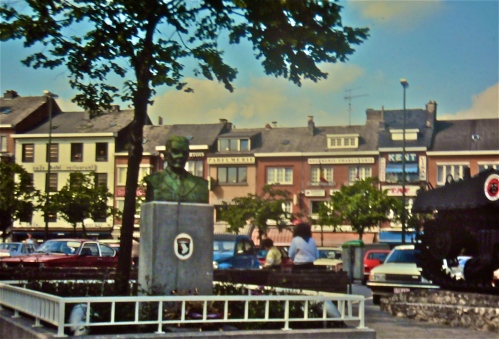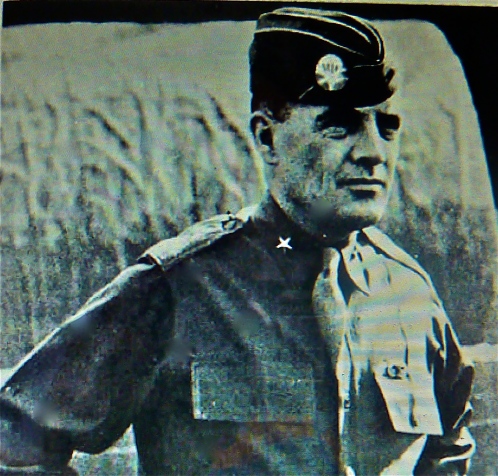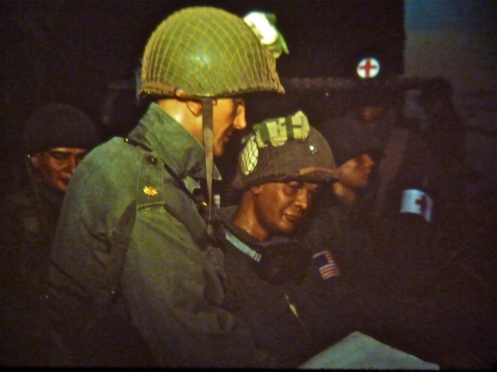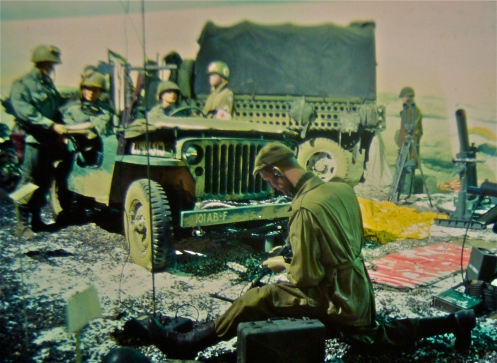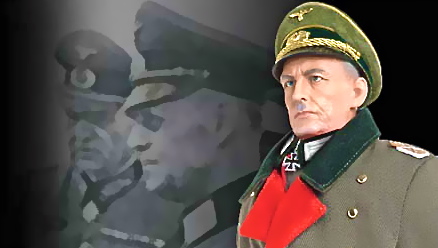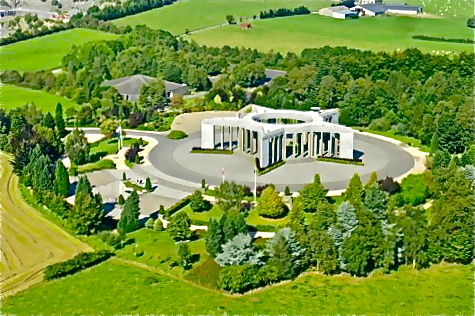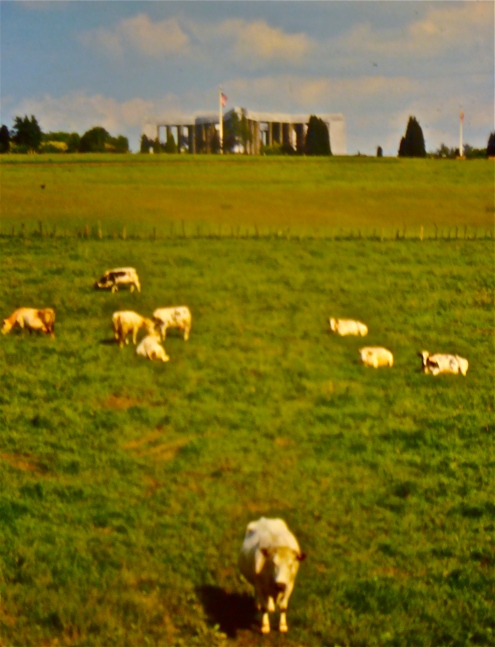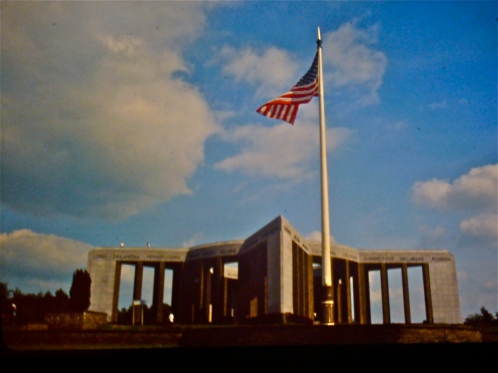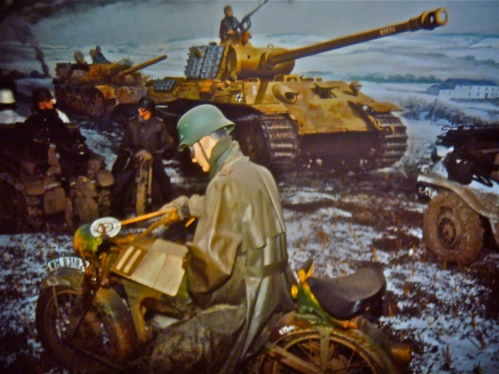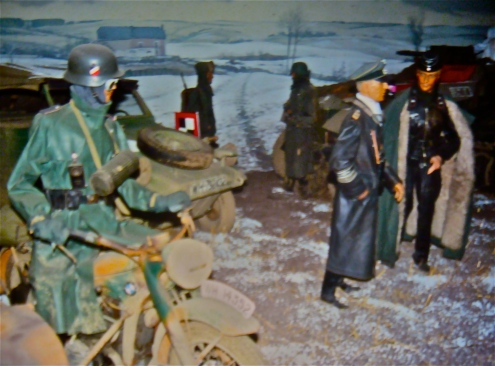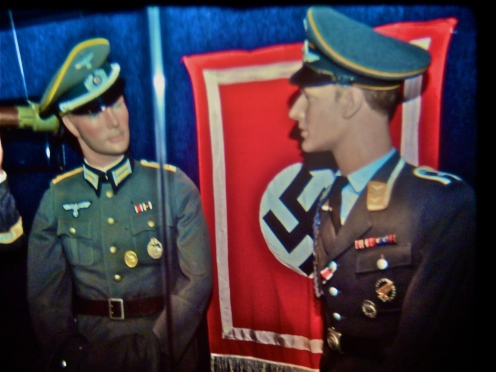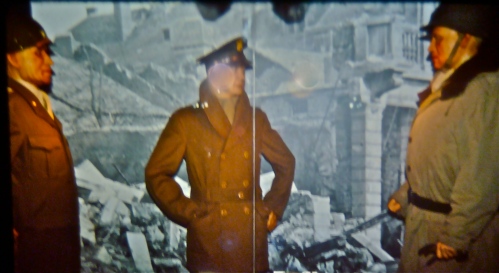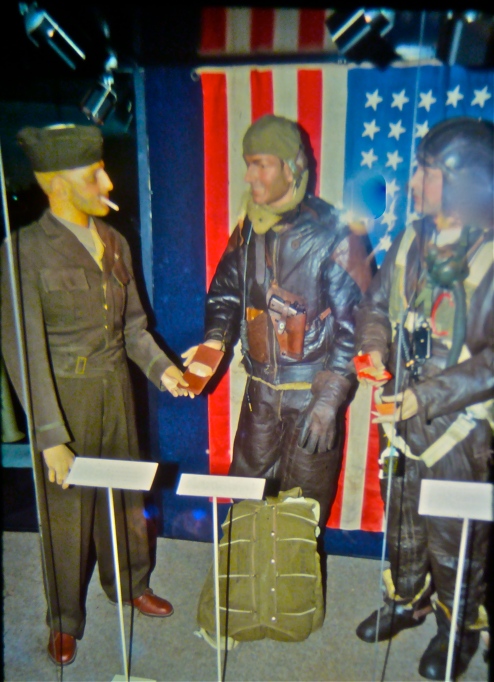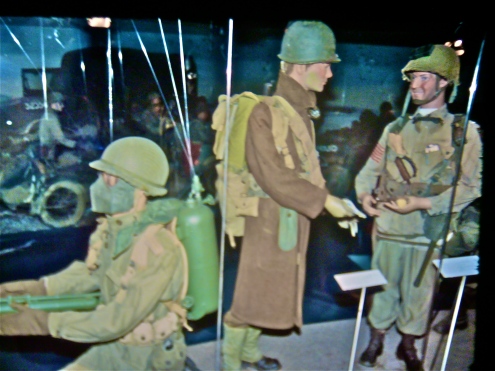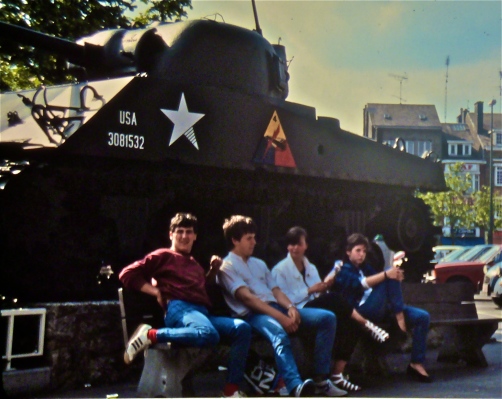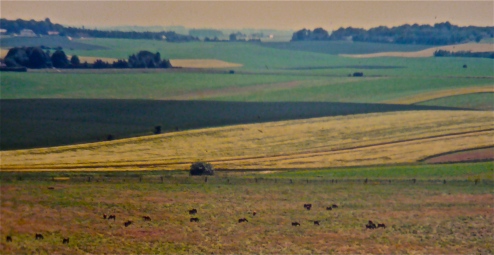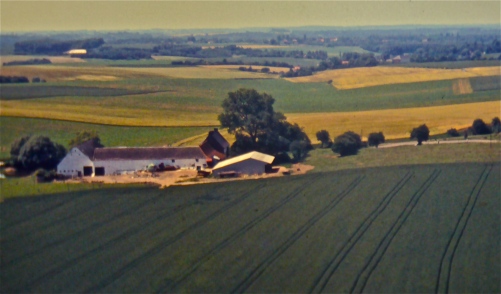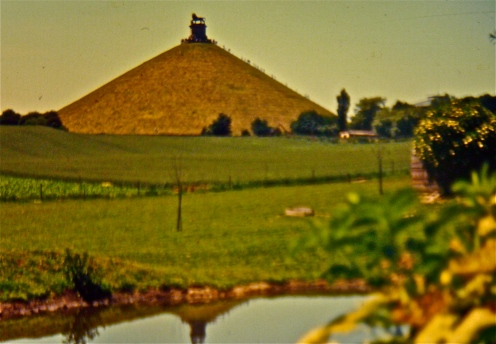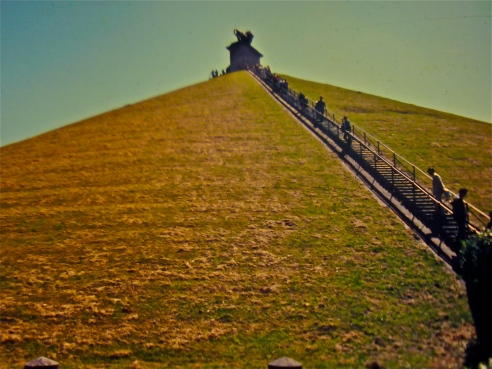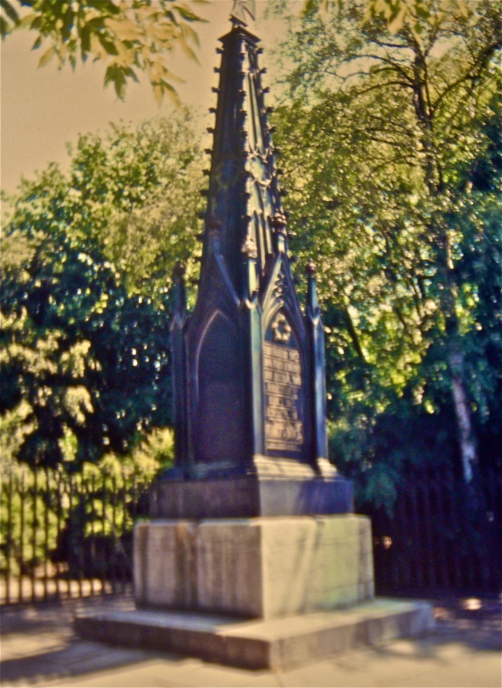If, like me, you love the nostalgic sound of mechanical pipe organs read on. Not all that long ago I had discussed my projected itinerary through Belgium to a Parisian friend and wondered what I might look for on my way back through Northern France, a part of the country not too often mentioned in tourism brochures. ‘La Flandre française’, as I recalled from geography lessons as a boy was known for coal mining along with industrial development and ‘grey’ seemed the colour best associated with it. To my knowledge there was nothing scenic worthy of note to be seen. Still one has to drive through on the way back and I thought the fastest way south via the Autoroute du Nord the preferable choice. Knowing my propensity for nostalgia, he suggested a side trip promising it would be well worth the detour. Go see ‘The café des Orgues’. Where? Herzeele. What? Never heard of that place. Just across the border and not to worry he assures me it’s one of those marvellous places that’s under the radar and better for that fact. Now I’m curious and he tells me about it, rather smug with the knowledge he had a real winner to pass on. As it turned out he was quite correct in the assumption I’d enjoy the sights and sounds to be found in the remote Café des Orgues. In fact , let me be perfectly candid, I was delighted, no, I was tickled pink, loved every moment.
(NOTE: To improve your viewing experience click on the photos below to enlarge – once for medium, twice to zoom in.)
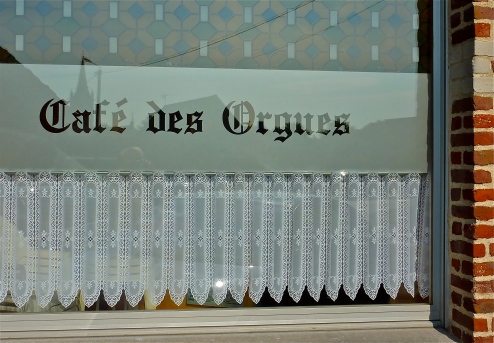
The café is frequented by a faitful local clientele, friends and neighbours from several nearby farming communities gather Sunday afternoons for a drink, a fine choice of beers in particular and to indulge a love of dancing. The ambiance harkened back to when dancing was a popular pastime and let me tell you each and every one of these friendly people were excellent dancers. Crackling with energy and good feelings the large room at the back holds up to three hundred avid dancers with a range of ages spanning 6 decades or more. It brought me back to an era in my own life when I showed off nimble feet on the dance floor, an ability I learned soon was appreciated by the fair sex. I owed this not small edge in the noble pursuit of skirt-chasing to my mother’s insistence that I should learn how to dance properly; she was Polish and of course showing off a good waltz and Polka was de rigueur and subsequently all the old standards, the fox-trot, rumba, tango, followed by my own discovery of the fun of the cha-cha, jive and even the twist. Unfortunately in present days ballroom dancing is basically moribund with the exception of a few die-hards found here and there as in Herzeele.
So what are you going to find in Herzeele, or more to the point at the Café des Orgues? Théophile Mortier was an organ manufacturer who until 1944 created dance organs along with required orchestrations. Owned and amiably run by the family Ameloot it’s an amazing fact that in a modest town of some 1200 inhabitants you’ll find three magnificent, perfectly preserved and functional mechanical organs, rare curiosities and in my opinion splendid mementos of past glories. I’m a sucker for sentimentality of almost any shade or hue and this ranks right up with any of my favourite golden oldies.
These magnificent musical machines were manufactured by the TH Mortier Anvers company in Belgium; intricate mechanism hidden behind ornately decorated exteriors replicate the sounds of a 25 musical instrument orchestra. All three are fully functional and powered by air bellows crank out a great sound. The oldest dates to 1912 followed by 1926 both in rococo style and the 1939 baby with a more muted Art deco facade. Let me share a good idea, go to your YouTube application and type in Herzeele Pipe Organs and presto, you’ll discover the sound and feel of the place.
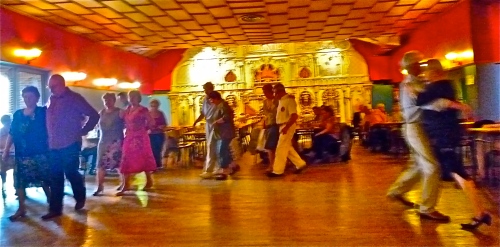 To the left of the photo, without a partner, unperturbed she dances with her shadow. Always gallant (I hope), I awaited for her to come by my table so I could partner her but the music ended just a beat too soon and off she went to rejoin her friends.
To the left of the photo, without a partner, unperturbed she dances with her shadow. Always gallant (I hope), I awaited for her to come by my table so I could partner her but the music ended just a beat too soon and off she went to rejoin her friends.
That lovely lady asked me to dance – how nice. Later I realized the locals made sure those they realized were new to the place would initiate the invitation to dance. I was happy to oblige since it was a lively fox-trot and I remembered how – dancing I guess is like riding a bike, the feet never forget.
Then she showed me the back room and the fellow in charge of changing the music explained how cleverly it all worked. There are only about 200 such organs still existing and here there were not one as elsewhere but three! Indeed, I should have discovered more of how this happy happenstance came about but the owner was absent just then and time was growing short. I’ll have to return to find out, and I plan on doing so for sure.
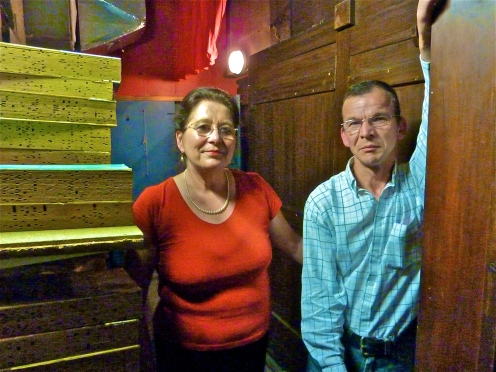 He was proud to inform there were over five hundred dance pieces dating to back when, a priceless collection no doubt. These cardboard accordions perforated with holes are fed through a mechanism that determines the notes to be played – come to think of it an early form of computer.
He was proud to inform there were over five hundred dance pieces dating to back when, a priceless collection no doubt. These cardboard accordions perforated with holes are fed through a mechanism that determines the notes to be played – come to think of it an early form of computer.
Before leaving Herzeele, although initially not on my radar scope another fortuitous discovery when I came across a vaguely familiar name on my Michelin map – Vimy Ridge site of a famed Canadian victory during WWI. In the distance the iconic memorial to the bravery of Canadian soldiers who won a pivotal battle at a bitter cost in blood.
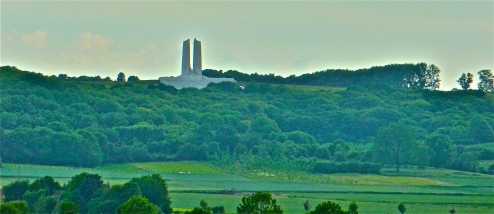 Any Canadian student of my generation will recall memorizing the heartbreaking poem ‘In Flanders Fields’ by Lt. Col. John A. Macrae and sure enough a field of poppies in full bloom made this day ever more evocative and frankly tugged a touch at my heartstrings. I’ll risk breaking copyrights if such still apply and include the poem for you to appreciate its poignancy. McCrae himself a few months after penning the powerful sentiments would give up his life and is buried in a not too distant Canadian military cemetery.
Any Canadian student of my generation will recall memorizing the heartbreaking poem ‘In Flanders Fields’ by Lt. Col. John A. Macrae and sure enough a field of poppies in full bloom made this day ever more evocative and frankly tugged a touch at my heartstrings. I’ll risk breaking copyrights if such still apply and include the poem for you to appreciate its poignancy. McCrae himself a few months after penning the powerful sentiments would give up his life and is buried in a not too distant Canadian military cemetery.
-
- ‘In Flanders Fields’
- adfaldkjfalsdkjfadf
- In Flanders fields the poppies blow
- Between the crosses, row on row,
- That mark our place; and in the sky
- The larks, still bravely singing, fly
- Scarcely heard amid the guns below.
- asdlkjfa;lkdjfa;ldkjfadf
- We are the dead. Short days ago
- We lived, felt dawn, saw sunsets glow,
- Loved and were loved, and now we lie
- in Flanders fields.
- asdfal;djfasdfadf
- Take up our quarrel with the foe:
- To you from failing hands, we throw
- The torch; be yours to hold it high.
- If ye break faith with us who die
- We shall not sleep, though poppies grow
- in Flanders fields.
And then, driving along a regional road heading south I spot a modest plaque with an arrow indicating a memorial to the memory of the brave Newfoundlanders who shed blood and guts in a bold attack on a well-entranched German position. I’d never heard of it but out of a vague sense of duty I turned off and went looking.
Not more than a couple of kilometres along a rural road through peaceful farmland there it was, just a small copse, a tiny bit of hallowed battlefield land and under a canopy of pine trees the wind whistled through the branches just enough to be heard, making a singular impression on my imagination. Was I hearing voices? I glanced up and there it was, a fine bronze caribou stag erected by the Newfoundland Government stands in a small battlefield park on a low rise. It marks the spot where, in October 1916, the Newfoundlanders (not yet part of Canada) played a decisive role in the capture of a German strong-point named Rainbow Trench.
Beyond the lush green field the church spire of the farming village of Gueudecourt. I drove there and spotted an older gent in a farm courtyard. I asked what he knew about the memorial. He looked up at me, “Vous êtes Canadien? My father spoke of how brave your soldiers were, unforgetable. Our farm, right here was burned down but we’ve rebuilt and just like before it will last another hundred years or maybe two.” I wished a long life to both.
I’ve often remarked the best part of travel is of course the scenery and discovery of culture and sites of historic importance. However, what I remember best are the numerous really fine people with whom I exchanged perhaps not more than a few minutes of conversation. Around the world I’ve had that experience and that what makes travel really satisfying, the discovery that indeed notwithstanding the constant bombardment of news depicting more examples of mankind’s folly and murderous rampages, for the most part given an opportunity to be kind that’s who you’ll meet from Japan to Portugal to Germany, by way of Singapore, Holland, Croatia and back through France.
Here’s a case in point in the form of a thank you note to the comely, smiling Gendarme in the van below.
I was on my way to a hotel to spend my last night in France. It was not unknown, in fact a well-known middle of the road chain (3*) apparently just about 20 minutes from Charles de Gaulle airport. I was driving in from the north and in spite of checking the map time and again after I drove aimelessly for more than an hour then found myself back at the starting point off the main highway; I was more than just a little frazzled. I pride myself on being good at finding my way, no matter where, and if I have a map too, well how can I miss? But I kept wandering around in this area of hotels, warehouses and semi-suburban area north of the airport. Finally, I spotted a local Gendarmerie office and checking my pride in my hip pocket I walked in and asked the policeman at the desk if he could direct me to my hotel. There was a detailed wall map right there and he said, sure no problem, here let me point the way. Oddly he soon lost his positive assurance, hmmm… well, now… hmmm…. here’s where your hotel is but how to get there? At that moment a young woman in uniform walks in. He poses the question to her – do you know the hotel? Sure, it’s … blah blah … how do you get there from here? Well, you go this way … no, wait… you should … hmmm… come to think of it I’m not totally sure.
I’m listening to this and wondering what the hey? But on the other hand somewhat relieved my pride isn’t all that much out of whack, if local cops can’t figure it out, why should I feel insecure about my inner directional radar? After about five minutes of thinking it over she pipes up, “I know. I don’t know how to explain but follow me and I’ll find it for you. It will be much simpler.” Off we went and I was rather surprised it took at least 20 minutes to get there and sure enough the twists and turns we took would have made my finding it on my own a matter of luck and not due to good map reading. And that’s how I found my hotel following my charming Gendarme.
I only wish I’d have been clever enough to get her name so I could send a note of appreciation once back in Canada, however, just in case, “Un grand et sincère merci du Canada.”
And here’s to you until we meet in Belgium where the beer is really fine and (sacrilège) the french fries are more tasty than in France. A bientôt!

